View or download our Photo Chemical Etching White Paper How-to Guide
Our equipment can be flexibly adjusted according to the process required by customers
Examples of PCB processing equipment
A. Acidic PCB Positive Film Etching Process (Using Dry Film Process)
Equipment Combination:
- Solder Mask Development Line
- Electroplating PTH Line
- Etching Line
- Stripping Line
Process Flow:
- Solder Mask Development Line: Develops the solder mask to expose the copper that needs to be etched.
- Electroplating PTH Line: Electroplates through-holes and pads with copper.
- Etching Line: Chemically etches away unwanted copper to create the circuit patterns.
- Stripping Line: Strips off the remaining photoresist or protective layers.
B. Alkaline PCB Negative Film (Reverse Film) Etching Process (Using Wet Film Process)
Equipment Combination:
- Copper Deposition
- Electroplating Line
- Development Line
- Etching Line
- Stripping Line
Process Flow:
- Copper Deposition: Deposits a thin layer of copper on the board surface.
- Electroplating Line: Electroplates additional copper to the desired thickness.
- Development Line: Develops the negative film to expose the areas to be etched.
- Etching Line: Chemically etches away the exposed copper, leaving the desired circuit patterns.
- Stripping Line: Strips off the remaining photoresist or protective layers.
Wet Chemical Metal Etching Machine Equipment
Application Field:
- Used in the production of precision parts for electronics, aerospace, medical devices, and automotive industries.
Characteristics:
- Utilizes chemical solutions to selectively remove material.
- Provides high precision and repeatability.
- Ideal for intricate designs and fine details.
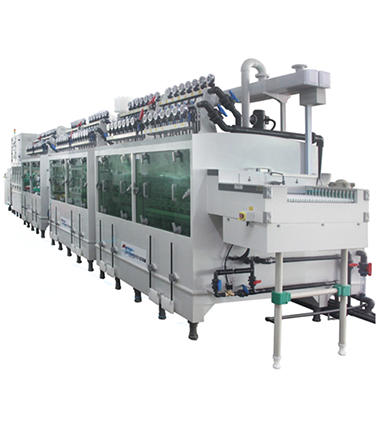
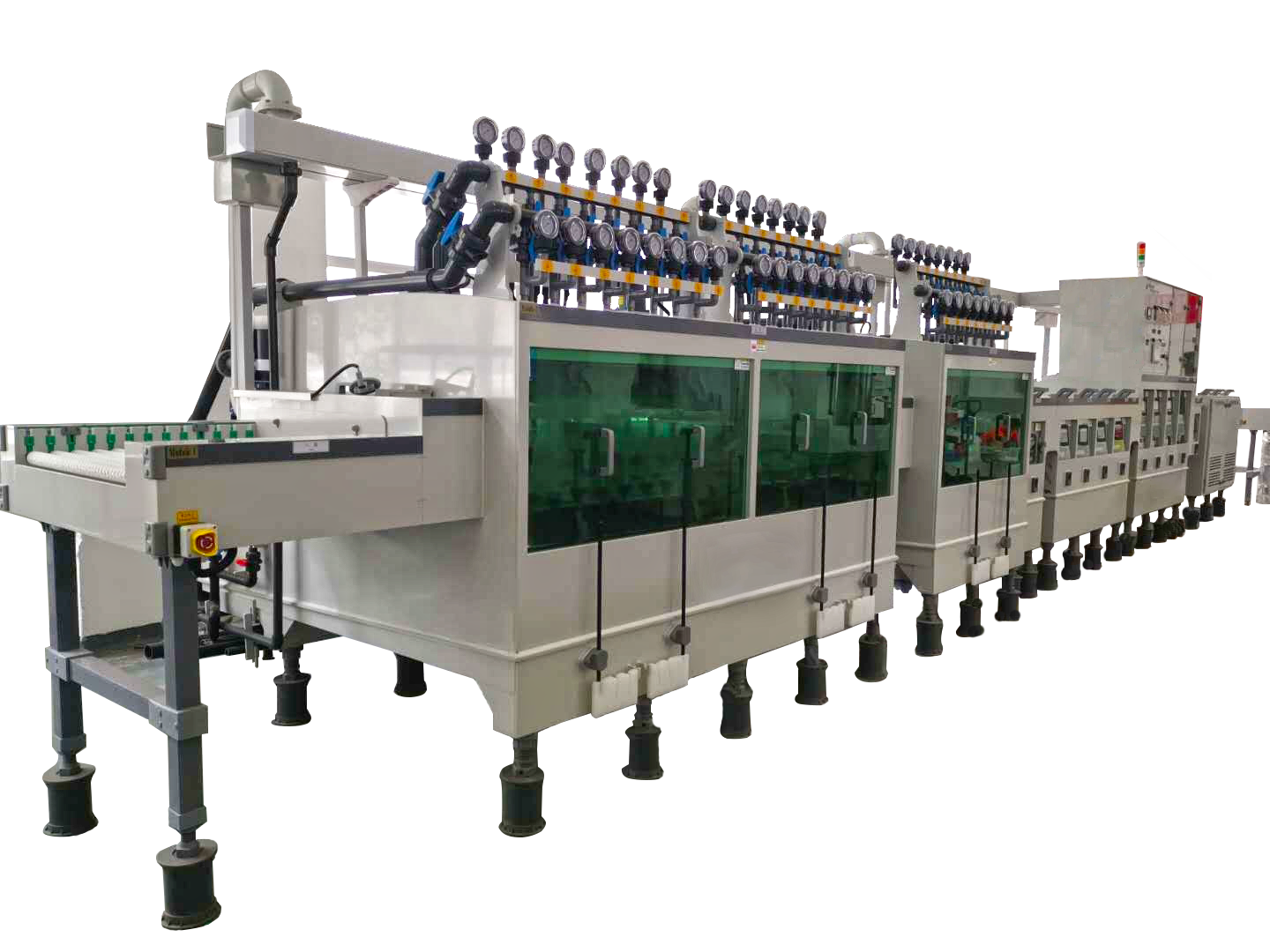
PCB Wet Metal Chemical Developing Machine
Application Field:
- Essential in the photolithography process during PCB manufacturing, specifically for developing photoresist-coated boards.
Characteristics:
- Utilizes chemical solutions to develop photoresist layers on PCB surfaces.
- Ensures precise development of circuit patterns by selectively hardening exposed areas.
- Provides high accuracy and consistency, crucial for achieving detailed and intricate circuit designs.
- Suitable for various photoresist types used in different PCB applications.
PCB Wet Metal Chemical Cleaning Machine
Application Field:
- Used to clean PCBs after manufacturing processes to remove residues and contaminants.
Characteristics:
- Uses chemical cleaning solutions for effective residue removal.
- Ensures cleanliness for optimal performance and reliability.
- Can handle various contaminants, including flux residues and oils.
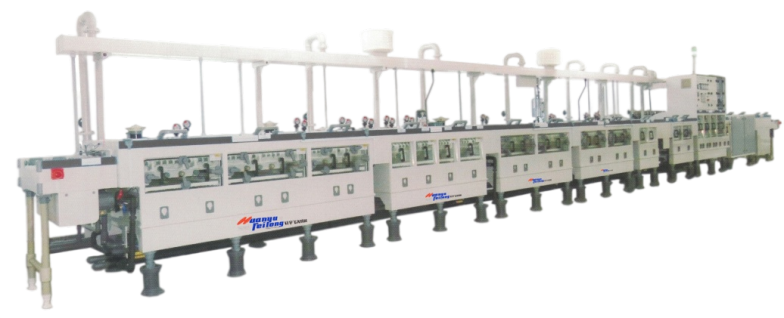
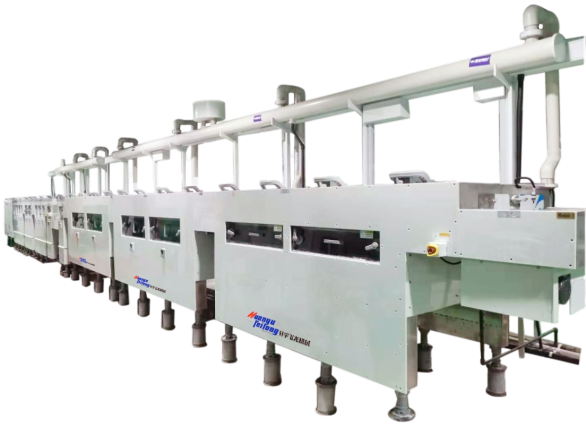
PCB Wet Metal Chemical Stripping Machine
Application Field:
- Used for stripping unwanted coatings or layers from PCBs.
Characteristics:
- Utilizes chemical solutions to remove photoresist, solder mask, or other coatings.
- Ensures thorough and uniform stripping.
- Prepares the board for rework or further processing.
PCB Wet Metal Chemical Sandblasting Machine
Application Field:
- Used for cleaning and preparing PCB surfaces before further processing.
Characteristics:
- Employs chemical sandblasting techniques to remove contaminants and roughen surfaces.
- Enhances adhesion for subsequent layers or coatings.
- Provides a uniform and clean surface.
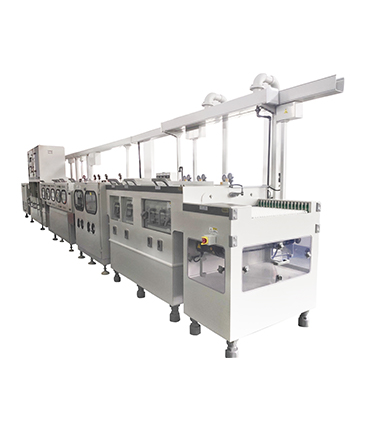
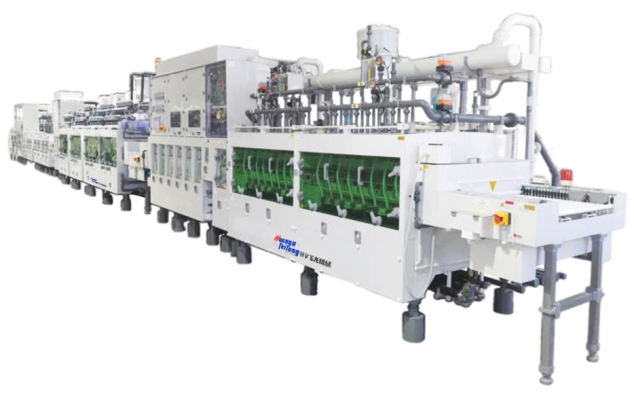
Wet Film Release Chemical Etching Tin Removal 3 in 1 Machine
Application Field:
- Used in PCB manufacturing for film release, etching, and tin removal processes.
Characteristics:
- Combines three processes in one machine for efficiency.
- Ensures precise control over each process step.
- Reduces handling and process time.
PCB Wet Metal Chemical Polishing Machine
Application Field:
- Used for surface finishing of PCBs to achieve smooth and shiny surfaces.
Characteristics:
- Utilizes chemical solutions to polish PCB surfaces.
- Improves electrical conductivity and aesthetics.
- Removes surface defects and contaminants.
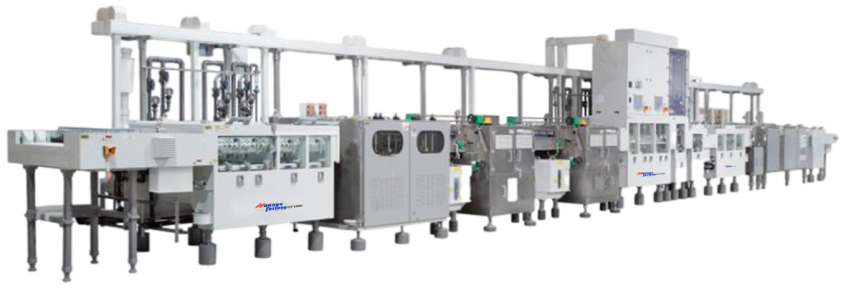
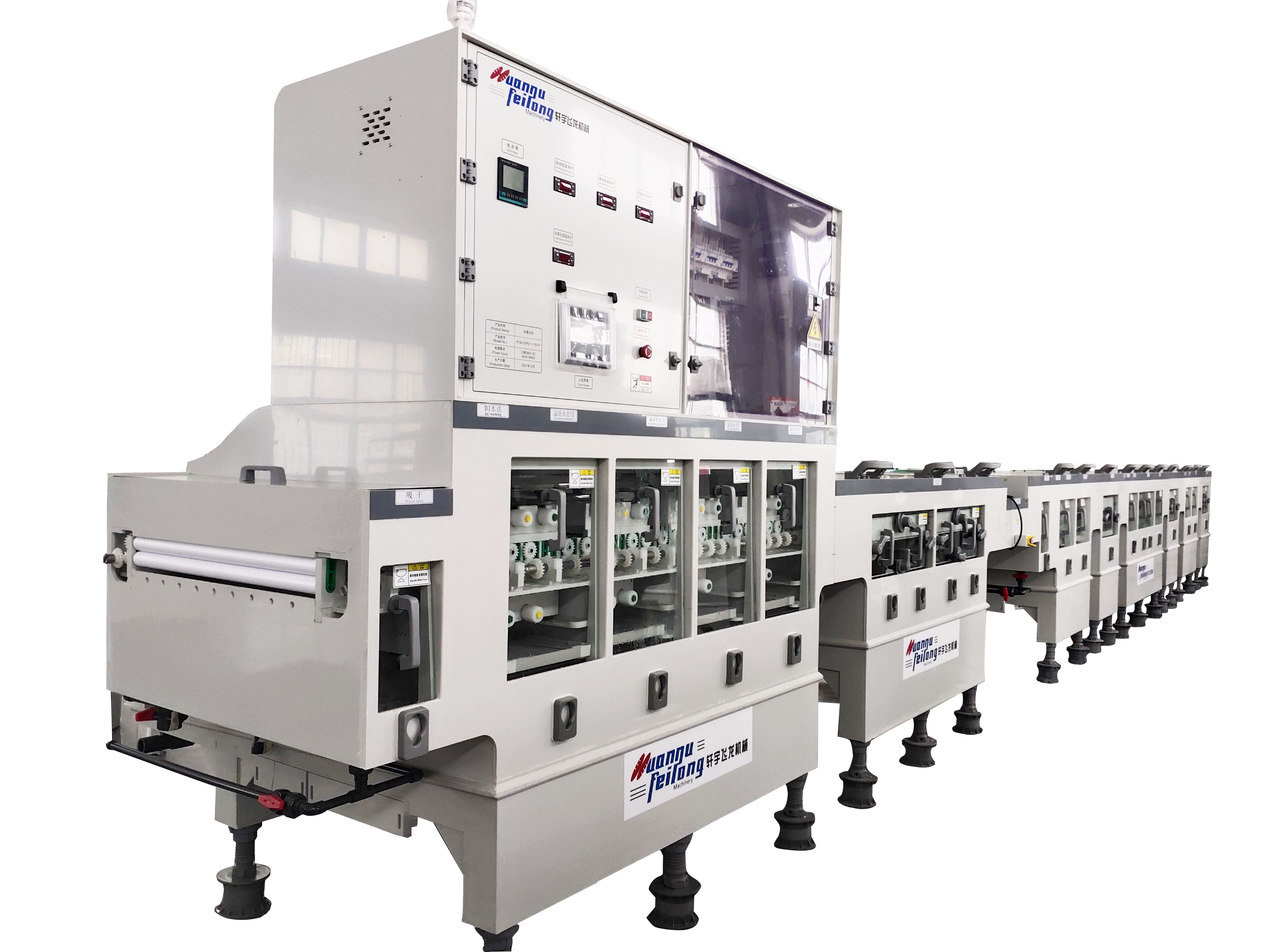
PCB and Metal Wet Chemical Oxidation Resistance Machine
Application Field:
- Used to treat PCBs and metal parts to enhance oxidation resistance.
Characteristics:
- Applies chemical coatings that prevent oxidation and corrosion.
- Extends the lifespan of PCBs and metal components.
- Suitable for harsh environments and high-reliability applications.
PCB Wet Metal Chemical Desoldering Machine
Application Field:
- Used in the repair and rework of PCBs to remove solder and components.
Characteristics:
- Employs chemical methods to desolder components without damaging the board.
- Essential for precise and controlled desoldering.
- Reduces the risk of thermal damage to sensitive components.
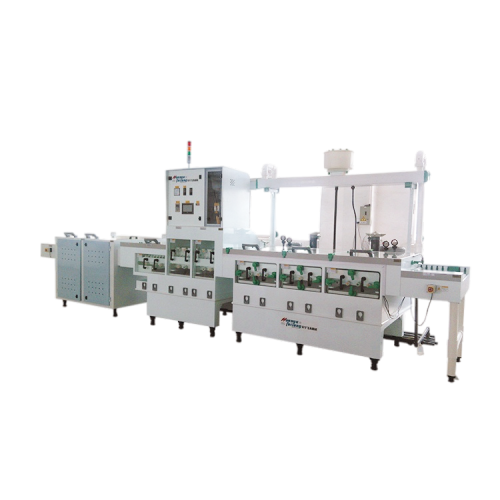

Wet Metal Chemical Chemical Browning Machine
Application Field:
- Used for treating PCB surfaces to enhance solderability and adhesion.
Characteristics:
- Applies a browning chemical solution to copper surfaces.
- Creates an oxide layer that improves bonding of solder mask and other layers.
- Essential for multi-layer PCB manufacturing.
PCB Wet Metal Chemical Chemical Drilling Machine
Application Field:
- Used in the PCB manufacturing process to create holes for vias and component leads.
Characteristics:
- Utilizes chemical methods to drill precise holes without mechanical stress.
- Ideal for high-density interconnect (HDI) boards.
- Reduces the risk of damaging the board material.
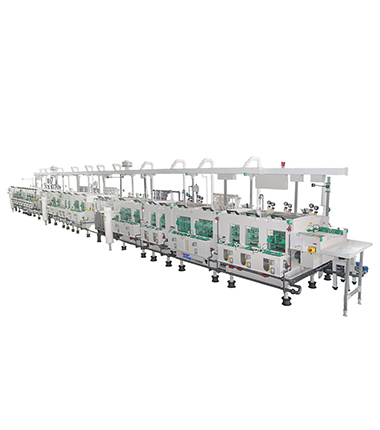
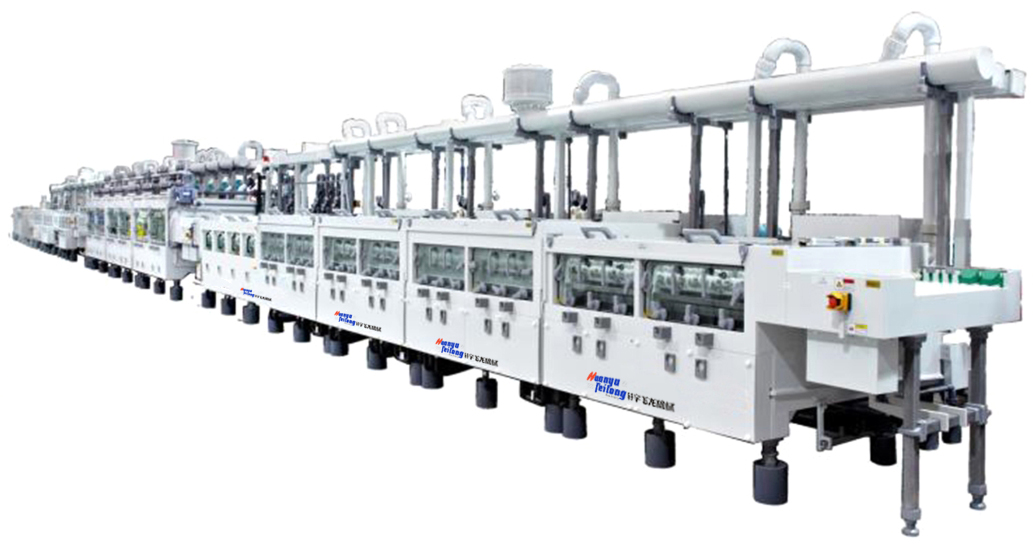
Wet Metal 3 in 1 Chemical Machine for Developing, Etching, and Film Removal
Application Field:
- Used in PCB manufacturing to streamline the photolithography process.
Characteristics:
- Integrates developing, etching, and film removal into a single machine.
- Increases efficiency and reduces handling time.
- Ensures consistent and high-quality results across all processes.
Advantages of Manual and Automatic PCB or Metal Chemical Sanding Machines
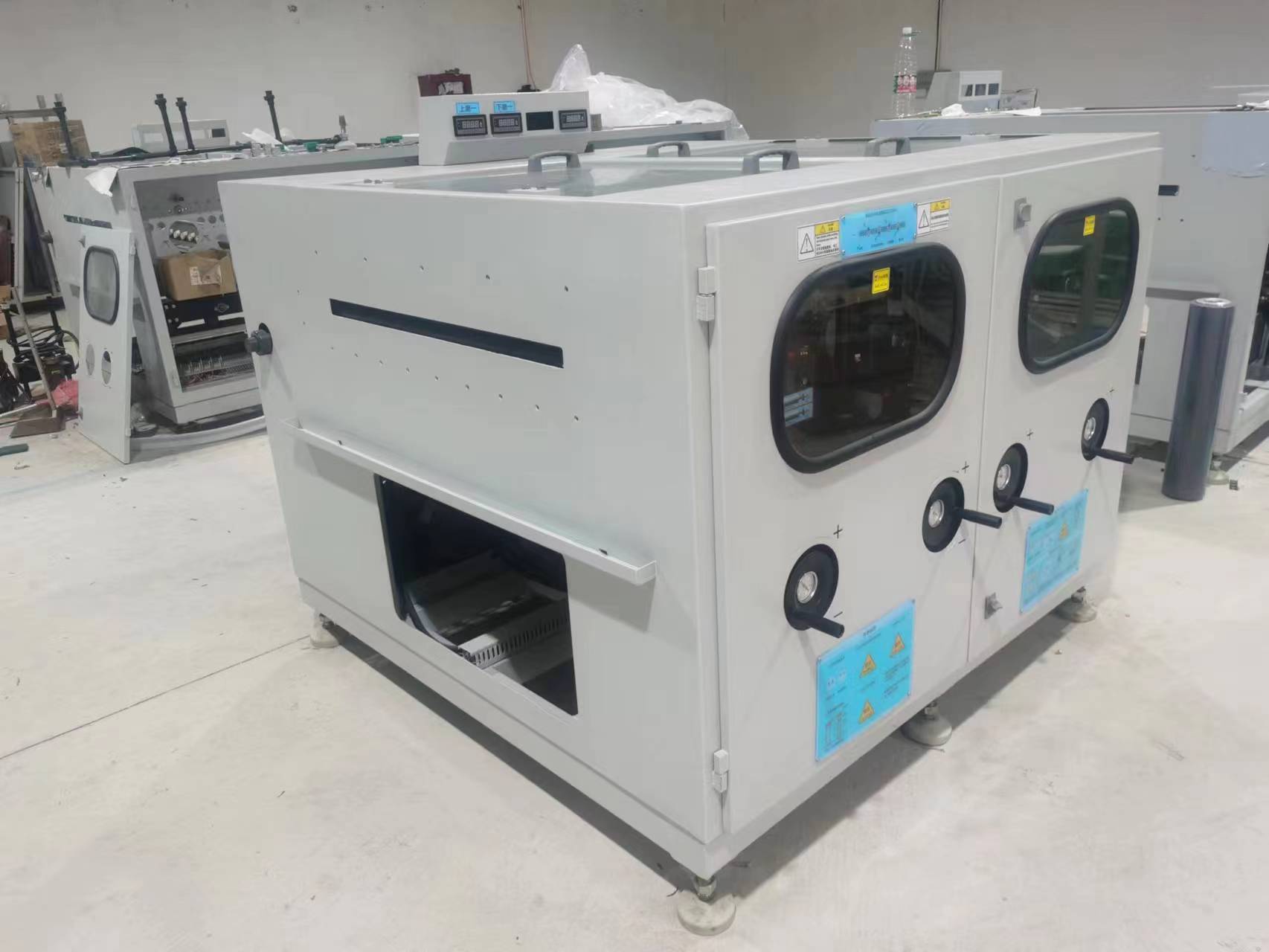
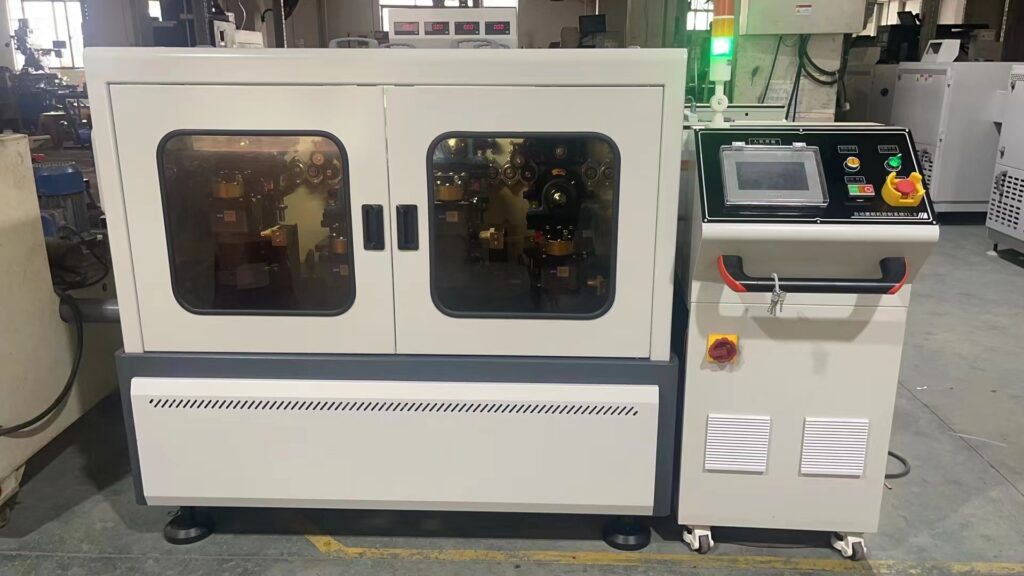
Manual Sanding Machine
Advantages:
- Cost-Effective:
- Lower equipment cost, suitable for small businesses or startups with limited budgets.
- Lower maintenance and operational costs.
- Operational Flexibility:
- Operators can adjust sanding force and speed according to specific needs.
- Ideal for small batch production and experimental operations in R&D environments.
- Space-Saving:
- Smaller in size, occupying less space, suitable for environments with limited workspace.
- Ease of Use:
- Simple operation with no need for complex training.
- Easy maintenance and cleaning.
Automatic Sanding Machine
Advantages:
- High Production Efficiency:
- Automated operation increases production efficiency, suitable for large-scale production.
- Continuous operation reduces downtime, maximizing production line utilization.
- Consistency and Precision:
- Programmed control ensures precision and consistency in each sanding cycle.
- Reduces human error, ensuring stable product quality.
- Reduced Labor Costs:
- Automation reduces reliance on manual labor, lowering labor costs.
- Operators only need to monitor the machine, significantly reducing workload.
- Data Monitoring and Tracking:
- Equipped with data monitoring functions to record and track parameters in real-time.
- Facilitates quality control and process optimization.
- Safety:
- Automated operation reduces the risk of direct human contact with the machine, enhancing operational safety.
- Equipped with multiple safety measures to minimize the risk of accidents.
The options do not stop there. wet chemical processing machines are modular — allowing you to configure your machine in any order you desire.
Features that can be added to a wet chemical etching machine:
- Acid Controller – Popular for cupric chloride etchant
- Drying – Ensures products come out of the line dry.
- Inline Filtration – Results in fewer clogged nozzles and particles in solution.
- Ion Exchange – Saves water in rinse stations.
- pH Controller – Popular option for Alkaline etching. Standard on developing and resisting stripping lines.
- Ventilation Demister – Aids in condensation and recovery of evaporated process chemistry.
- Thin Material Transport – Transport very thin and flexible materials without the use of leaders.
- Drip Pan – Catches chemistry drops or spills
- Chiller Cooling System – Increased cooling capabilities.
- ORP Controller – Popular option for Cupric and Ferric etchers. Comes with a regeneration system.
- Specific Gravity Controller (IX) with Visual Baume – Prevents etchant Baume from getting too low or high.
- Recipe-Driven Operation – Eliminates product variation due to improper machine set-up.
- Data Collection and Archiving – Gives real-time and historical feedback analysis.
